In crowded prisons and jails across the United States, the coronavirus has severely threatened both inmates and guards. A correctional facility in Marion, Ohio, looked like one of the worst potential death traps when it was reported last month that nearly 80 percent of its inmates had tested positive for COVID-19. Last week, according to the New York Times, the virus has likely sickened a greater number of corrections officers in New York City jails than in any other metropolis, with more than 1,200 out of nearly 10,000 staff testing positive, and at least a half-dozen deaths. In an effort to relieve widespread dangerous conditions, more than 16,000 inmates in America have been released early—primarily those serving time for non-violent crimes, who are eligible for parole or near the end of their sentences, as well as many held pre-trial in jails, unable to make bail.
The exodus is relatively small; with more than 2.2 million people behind bars (a vastly disproportionate number are African American), the U.S. leads the world in mass incarceration. Still, the wave of early releases is leading to other problems, mid-pandemic: where do so many inmates go, most without families nearby or prospects for work? Some may unwittingly be carrying the virus, too, and can wind up homeless or in overburdened shelters.
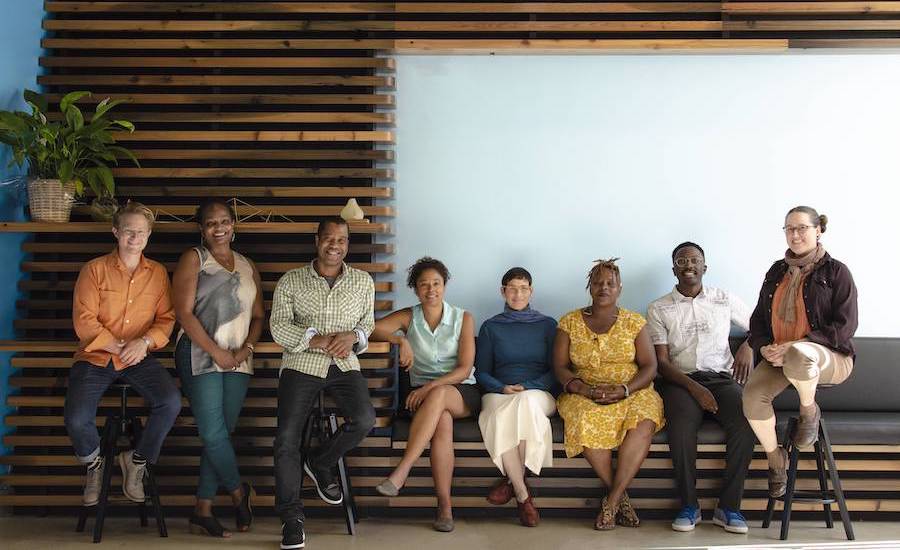
For architect and activist Deanna Van Buren, this crisis may be a defining moment. The core mission of her non-profit practice, Designing Justice+Designing Spaces (DJDS), based in Oakland, California, is to end mass incarceration, and she and her team have worked in various ways to help newly released inmates re-enter communities. The firm recently created a prototype called the Mobile Refuge Room, with design input from former inmates: made of plywood, it is a small pop-up space with a bed, desk, storage for clothes—and, importantly, a door. “People need privacy, dignity and safety,” says Van Buren, noting that ex-prisoners are often sent to transitional housing, which can be no more than a cot in a large shared space.
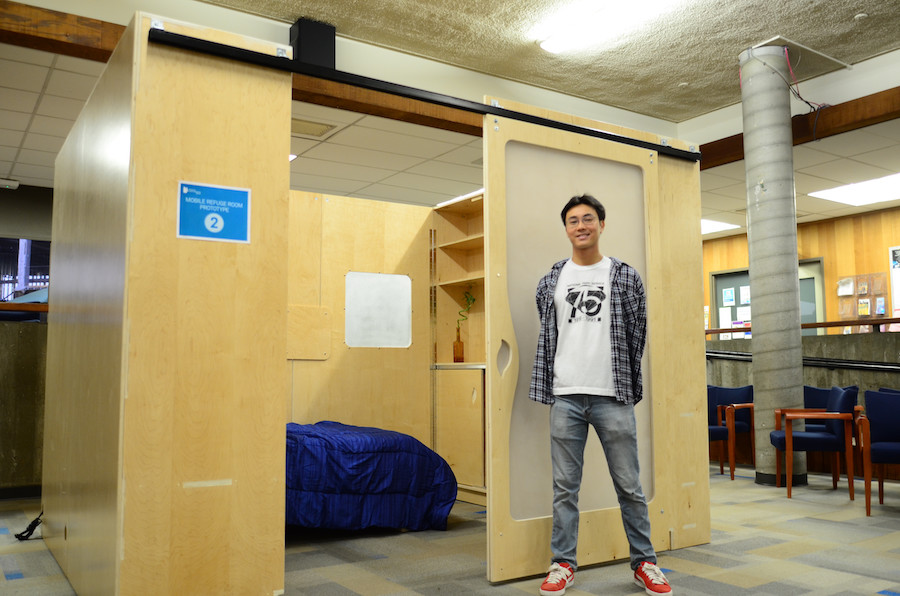
The probation department of Alameda County ordered fifteen of the Mobile Refuge Rooms before the pandemic; now the county has released about 1,000 inmates, and DJDS is scrambling to find a manufacturer who can start building the rooms, and scale up. Van Buren believes there will be a large demand, given the unit’s portability (they can be deployed in spaces like former school gyms) and relatively low cost. “The goal is to be able to do them for about $10,000,” she says. “We think people need them everywhere, not just Alameda County.”
For the larger mission of closing incarceration facilities, DJDS is joining with the Vera Institute of Justice on a project called “Unbuilding Jails,” to “help municipalities close down their jails,” says Van Buren, “and re-invest in the community.” One such project is in Los Angeles County, where the board of supervisors voted last year to cancel a contract for a new detention facility downtown and instead create alternative justice infrastructure—such as mental health and other vital facilities in neighborhoods. DJDS is part of the feasibility team, mapping potential sites. The firm is also helping plan the re-purposing of the 470,000-square-foot jail in downtown Atlanta, which the mayor has ordered closed, with a variety of potential facilities and community programs.
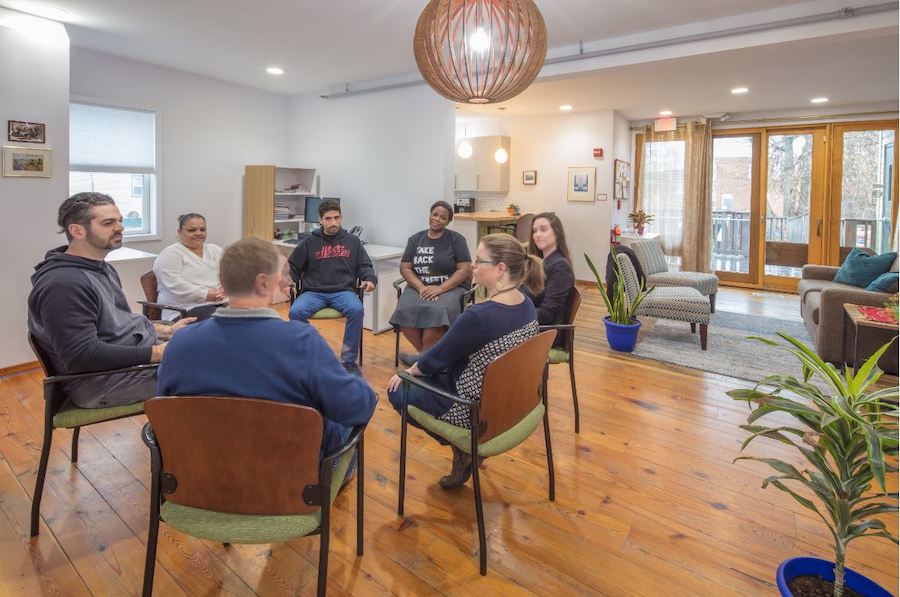
Van Buren, who was honored with RECORD’s Women in Architecture Award as an activist in 2017, also has been a pioneer in promoting the role of design in restorative justice—the concept that fosters dialogue between a perpetrator and a victim. She has designed spaces for the Center for Court Innovation peacemaking project in Syracuse, New York, and the Restore Oakland center, in a former nightclub in the Bay Area–city.
And as the pandemic continues to spread through prisons, the Boston-based not-for-profit architecture firm MASS Design Group posted design guidelines last week for fighting COVID-19 in carceral facilities. Drawing on input from such partners as the Vera Institute of Justice and the University of Michigan’s Prison Creative Arts Project, MASS outlined an extensive set of strategies, beginning with de-populating prisons. But the office has also worked to end mass incarceration, and included the caveat that their recommendations “are not intended to be an ideal design nor an implicit approval of the current conditions within correctional facilities.”
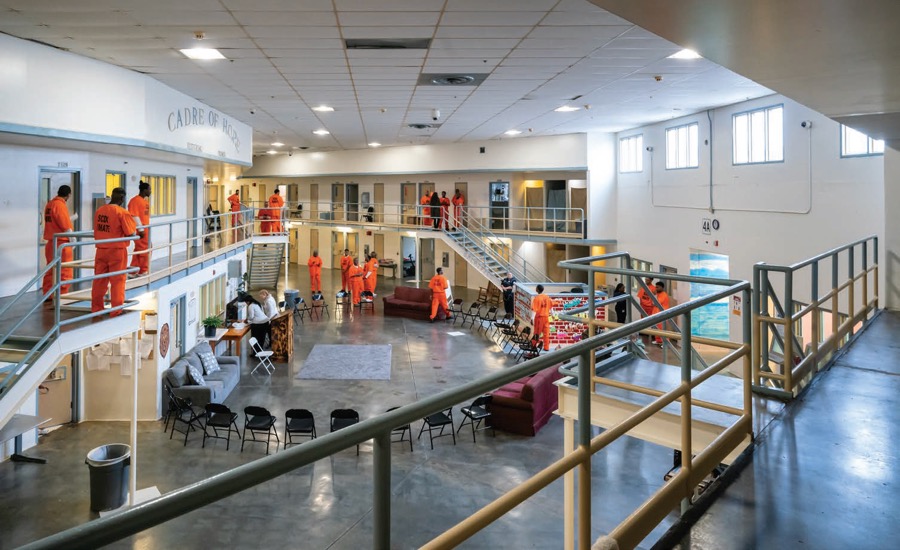



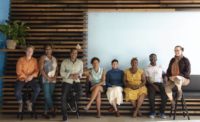

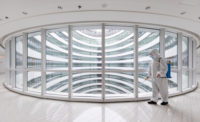
Post a comment to this article
Report Abusive Comment